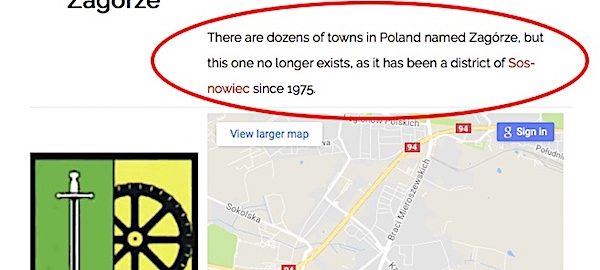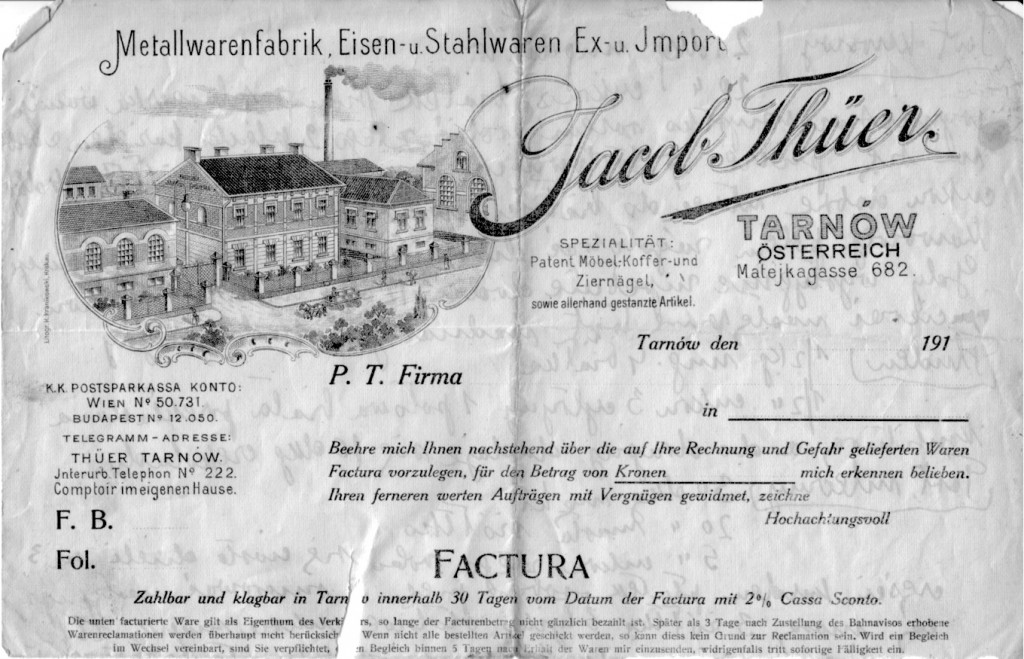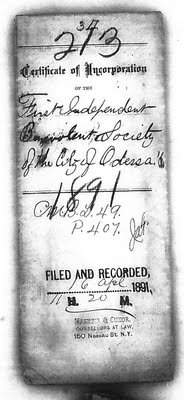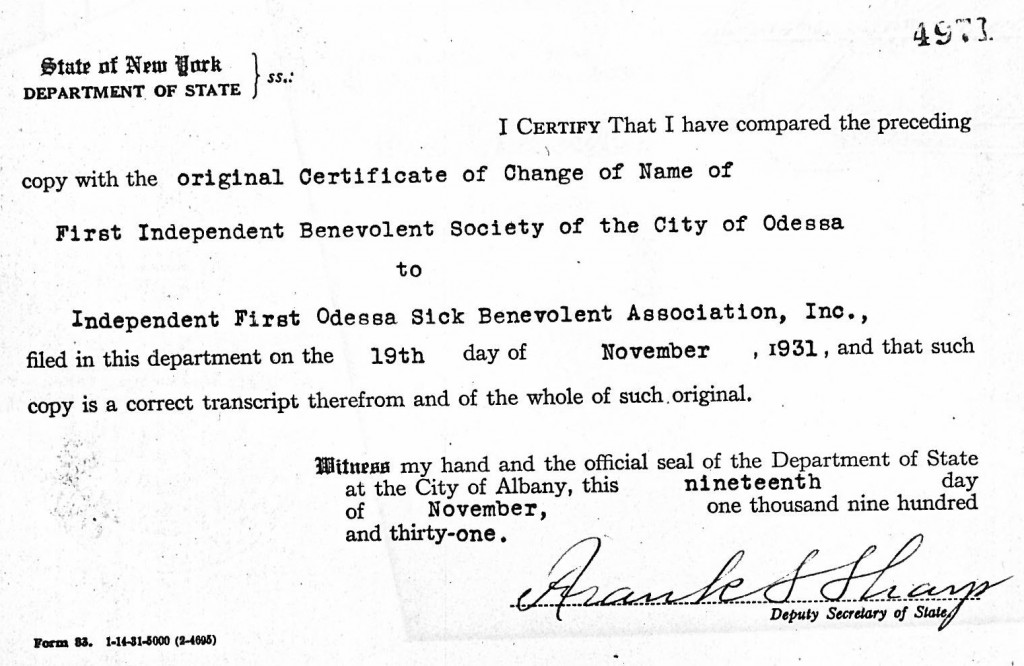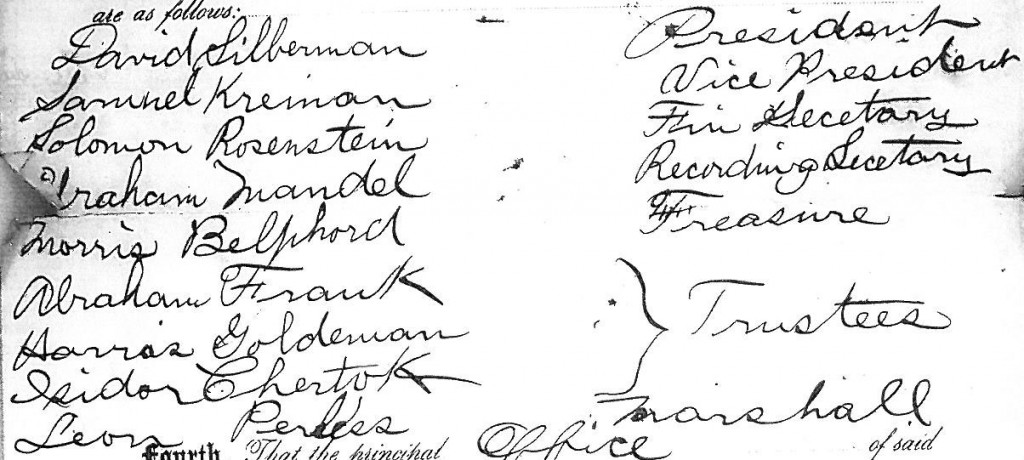I mentioned back in August when I added more towns to the B&F Compendium of Jewish Genealogy (Over two hundred new Polish towns added to the compendium) that I had also turned on notes for towns. I had actually added some simple notes to many towns as I had added them last year, but never made them visible on the site.
With the new towns, which were predominately from the areas of Poland that had belonged to Germany before WWII, I found myself adding notes pointing that out and wanted the notes to be seen. In August that was the primary use of Notes, but there were other Notes, such as pointing out the previous name of a town, or explaining that the town name was very common in Poland.
Around the same time I turned on notes, Phyllis Kramer, VP of Education at JewishGen, commented on my page on Żmigród requesting that I differentiate between it and Nowy Żmigród. It turns out Nowy Żmigród before 1946 was also known simply as Żmigród. Adding to this confusion, many people find their town in the Compendium by going to the Alphabetical List of Polish Cities, and that list doesn’t show which region a town is in, and can be confusing if there are two towns with the same name.
At the time I added notes for Żmigród and Nowy Żmigród saying simply not to confuse them, but it started me thinking if there was more I could do for those situations where people were likely to get confused.
I spent a considerable amount of time going through all the notes I had created, and making sure if it referenced another town, that that other town had a corresponding note as well. I then added links to notes, so you can immediately link to another town if it is mentioned in a note.
Here’s an example of the former town of Zagórze, which has been part of Sosnowiec since 1975:
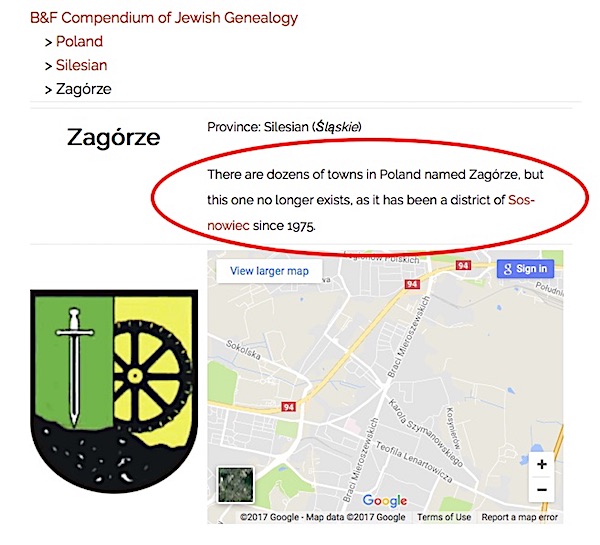
You’ll notice the note is shown below the town name and province, and above the map. I’ve circled it in red just to be clear. The note points out that this town no longer exists, that it is now part of Sosnowiec, and provides a link directly to the page about Sosnowiec.
Here’s another example, the city of Kraków, which lists the former towns of Podgórze and Kazimierz:
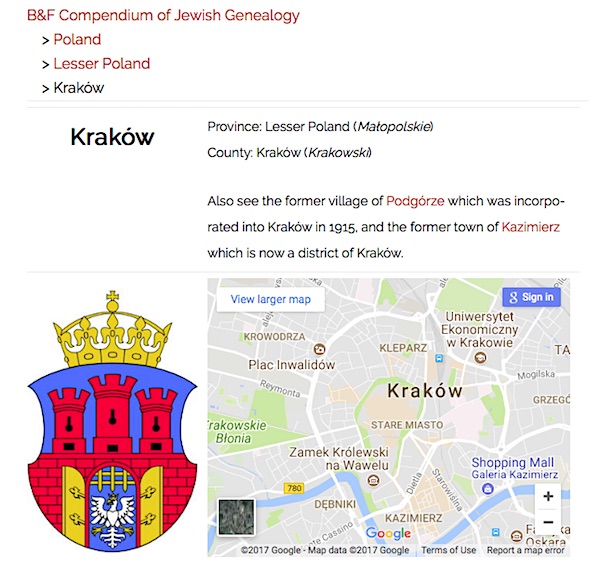
In case you’re wondering, the reason there are separate pages for these towns, even though they no longer exist, is that people may only know their relative came from one of these non-existent towns. Also, many of these now-non-existent towns have very specific genealogy resources online, and having the resources for Podgórze be separate from those of Kraków can be very useful for finding the right information.
Over 300 towns now have notes, many of them with links to other related towns. Thank you to Phyllis Kramer for her simple comment which led me to improve the notes for towns. If you visit a town page in the Compendium and think a clarifying note would be useful, please write a comment on the town page, or send me a message. It’s worth pointing out as well that I recently added another 150 or so towns to the site (in addition to the 200 added in August), so there are now over 1350 towns in the Compendium. These are towns that exist in what is today Poland – there are no pages for towns that are currently in other countries, even if they were once part of Poland. The new towns were added to help facilitate a new feature I will be adding to the site. More on that soon…
If you have other suggestions for improving the site, please send me a message, or add it to the How can this site be improved? page so others can discuss your proposed improvements.
